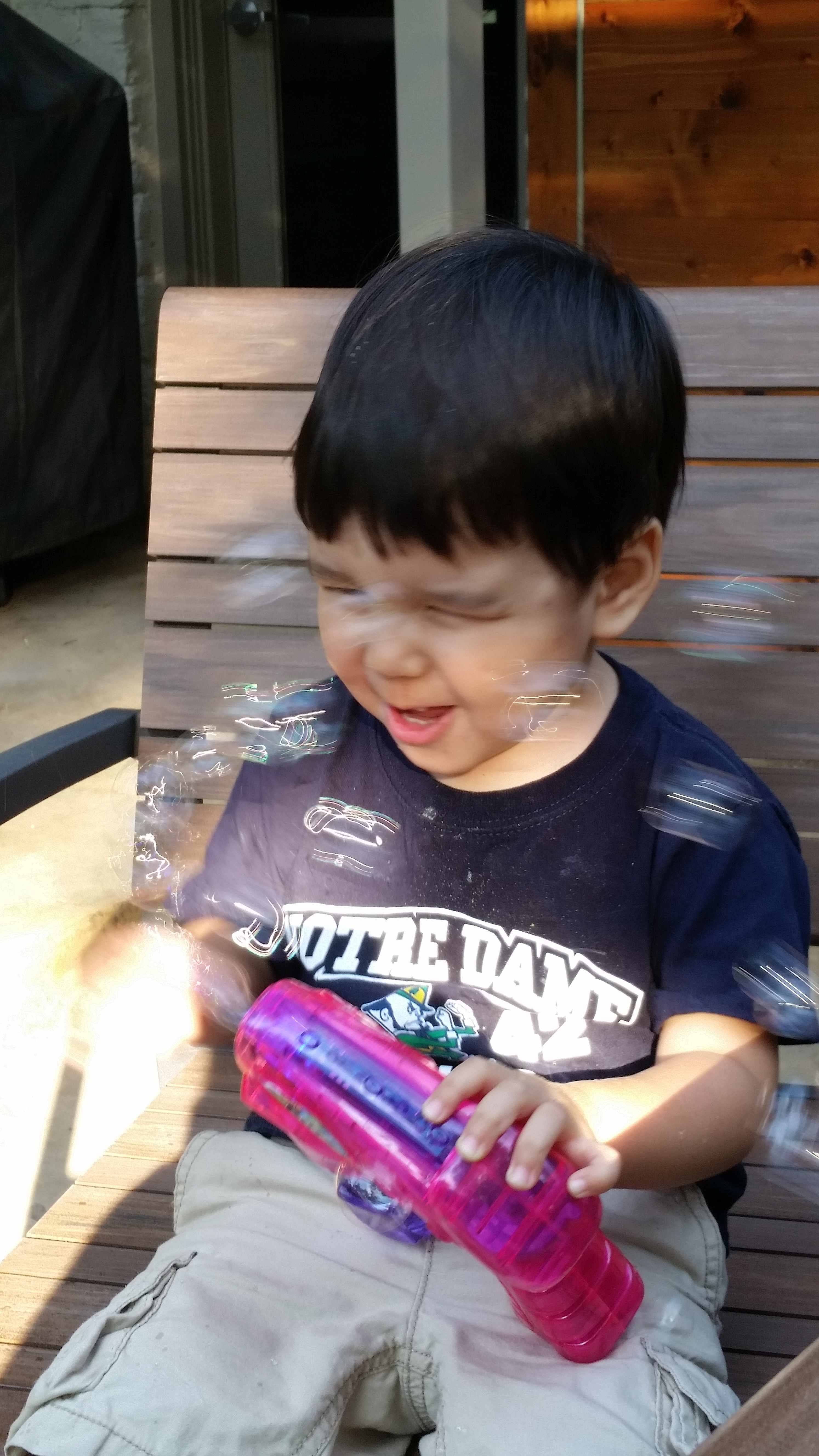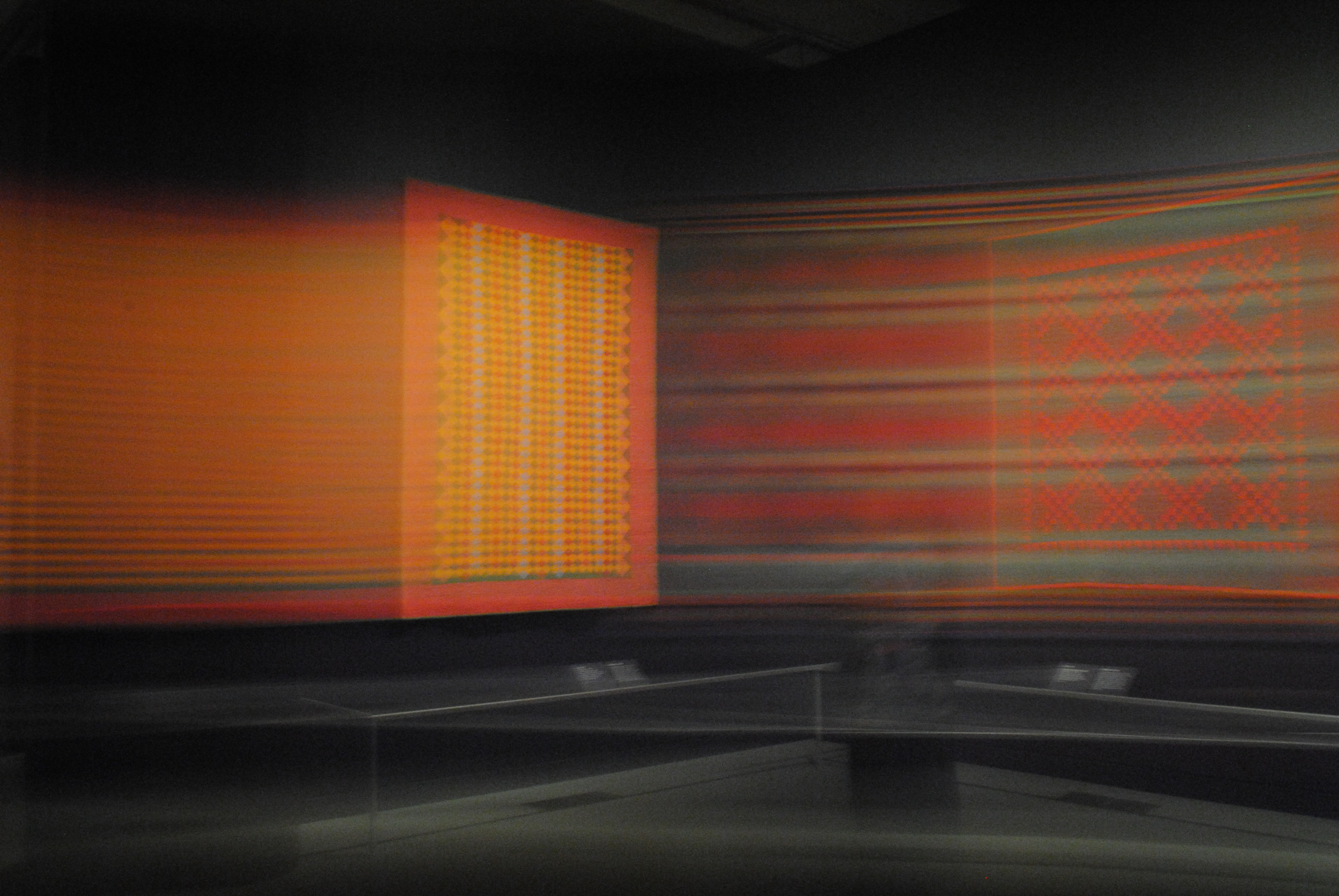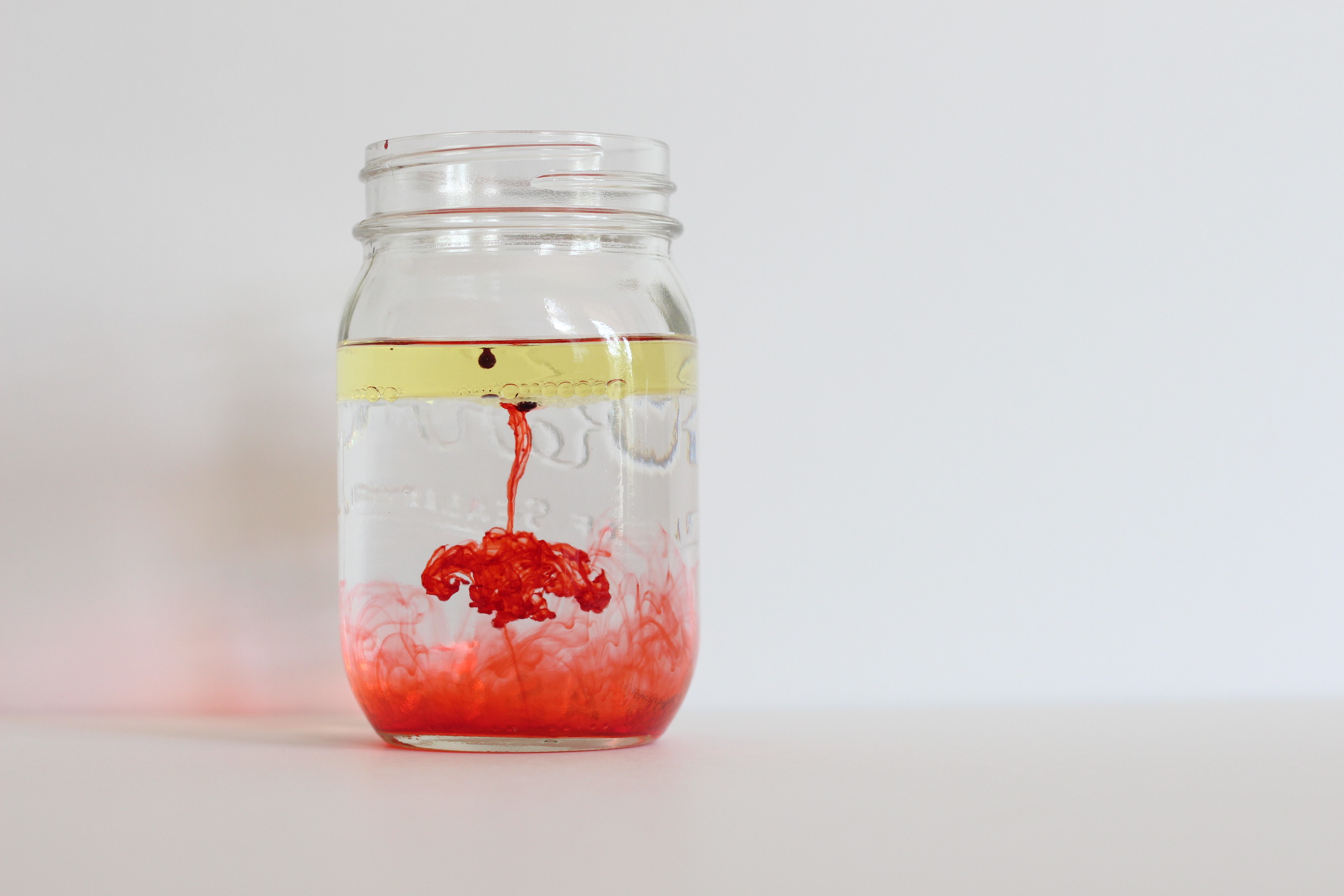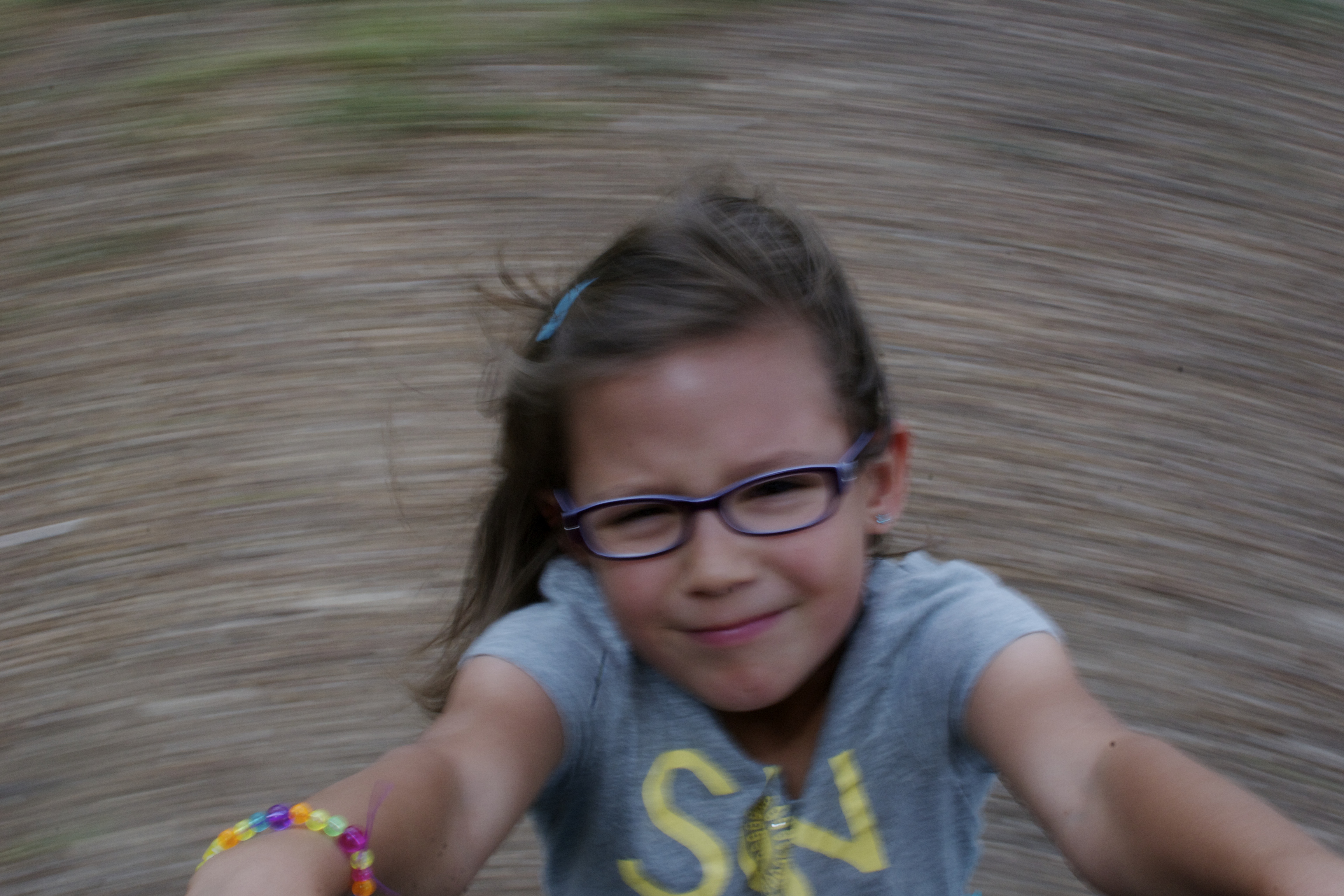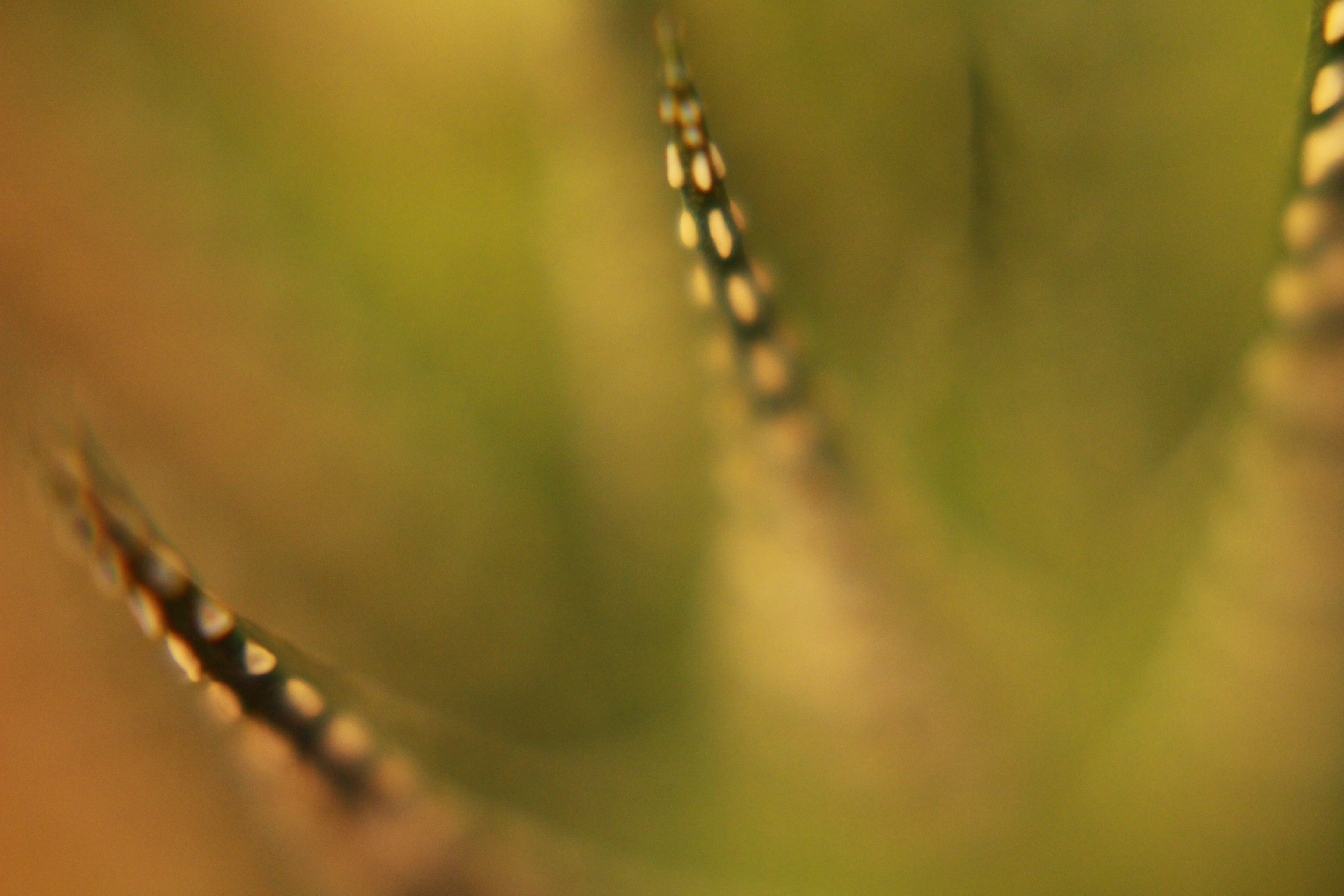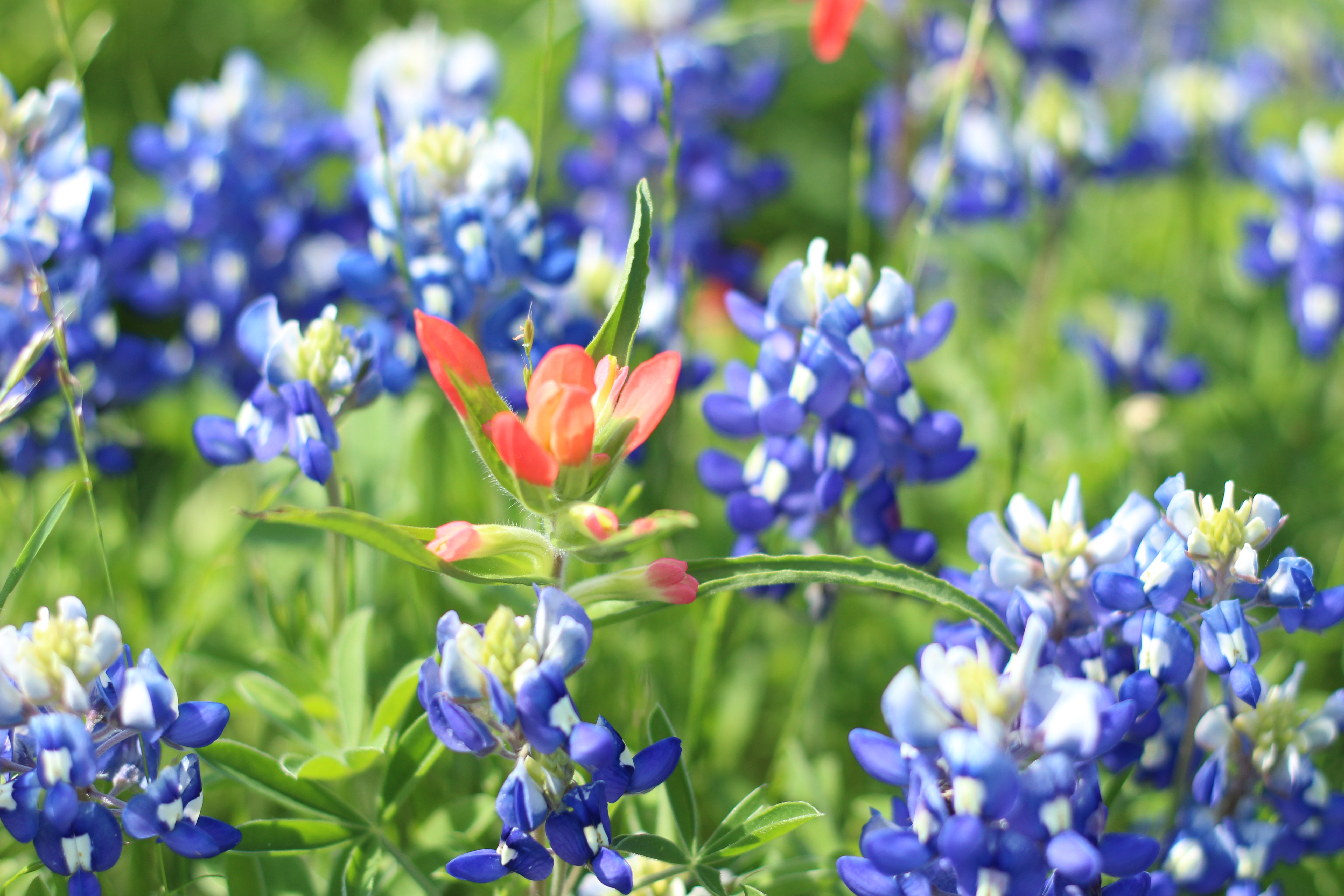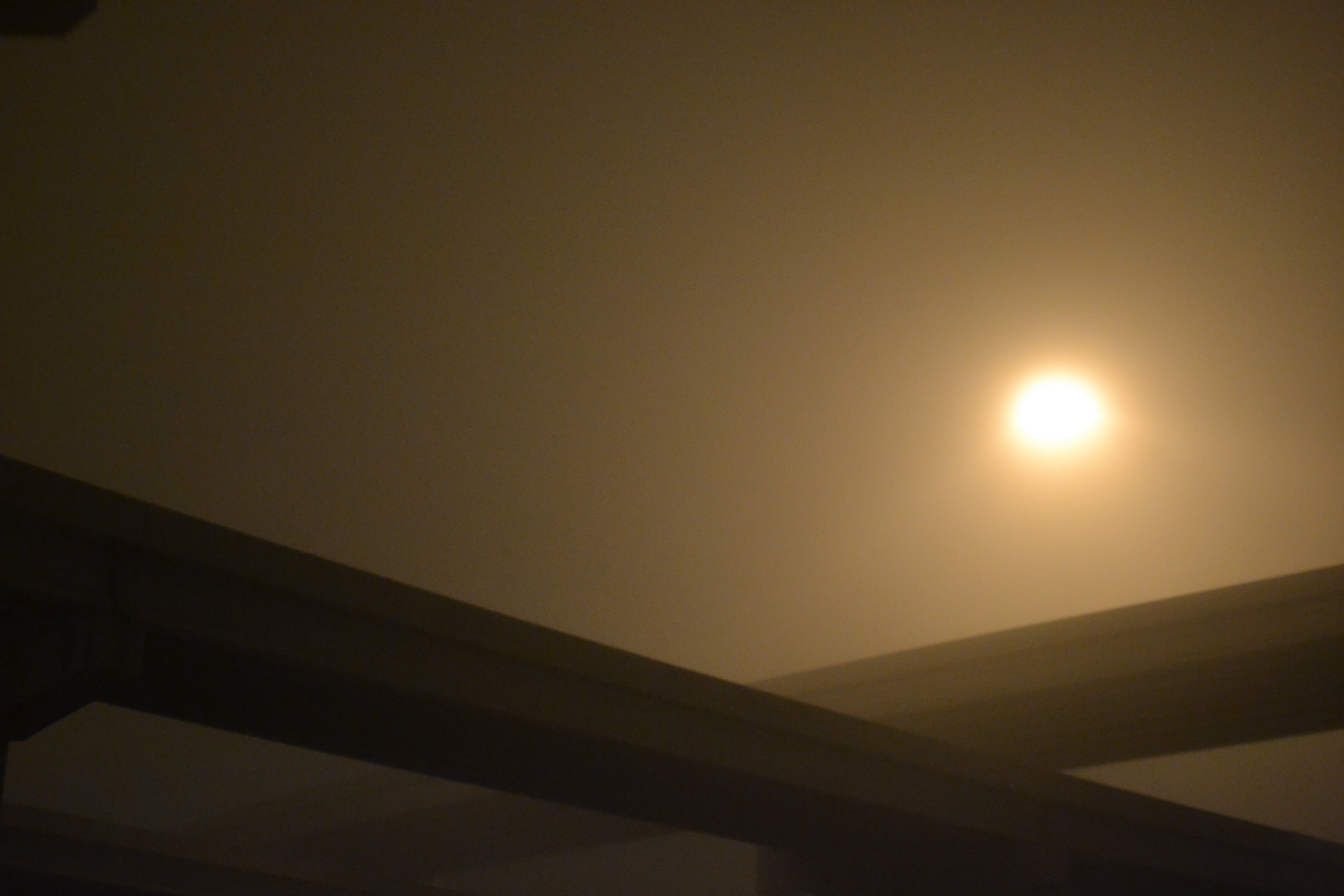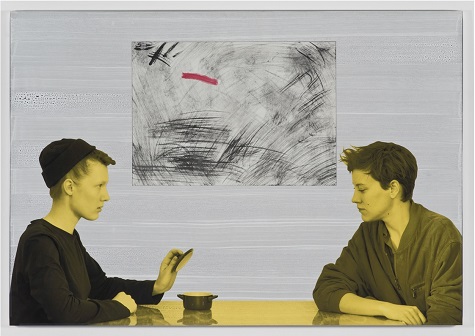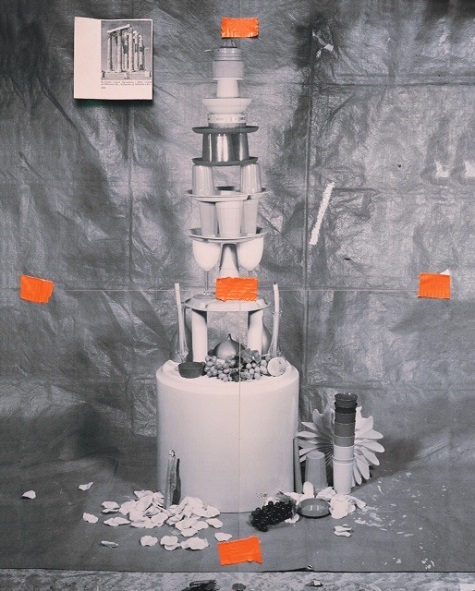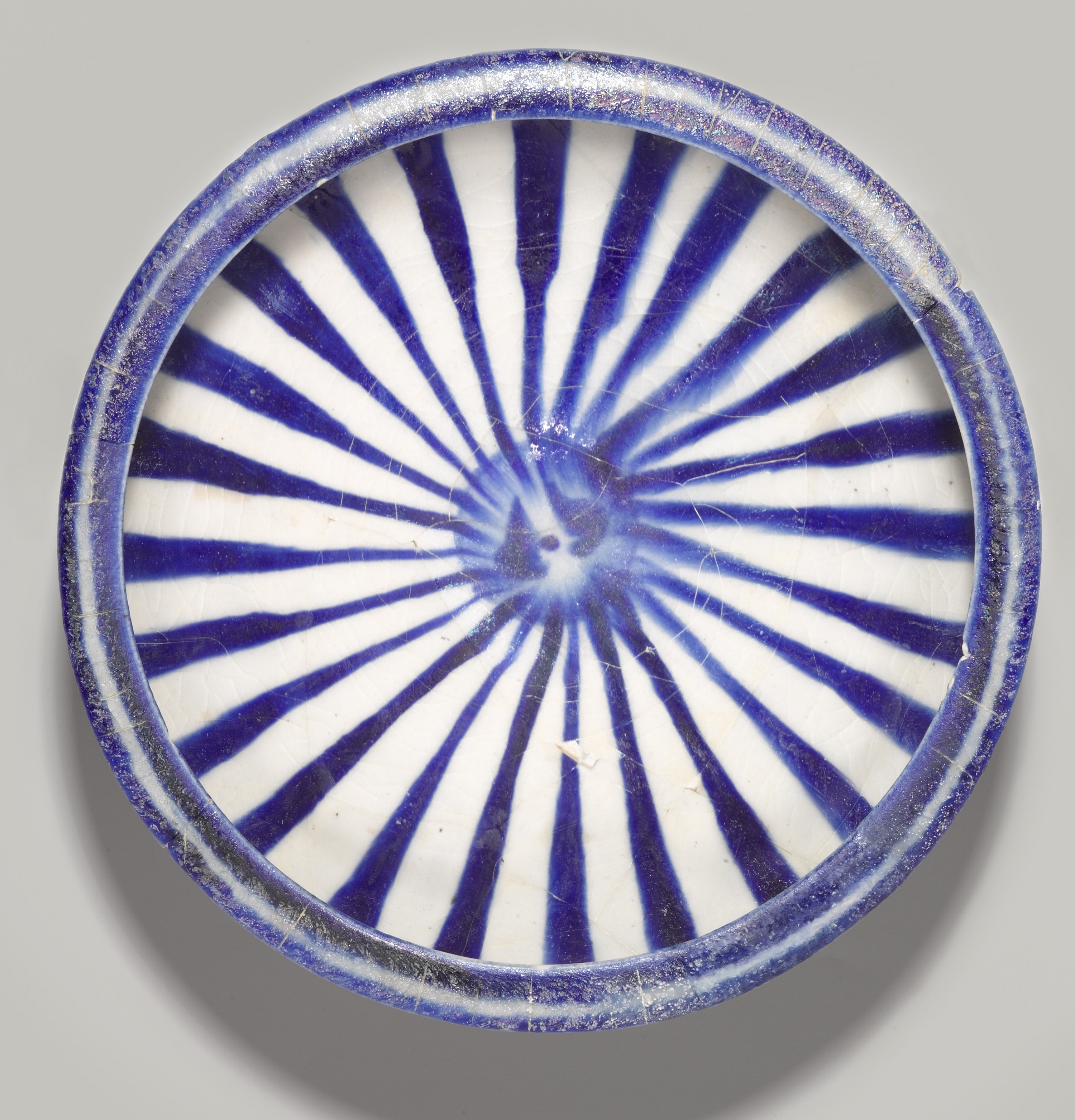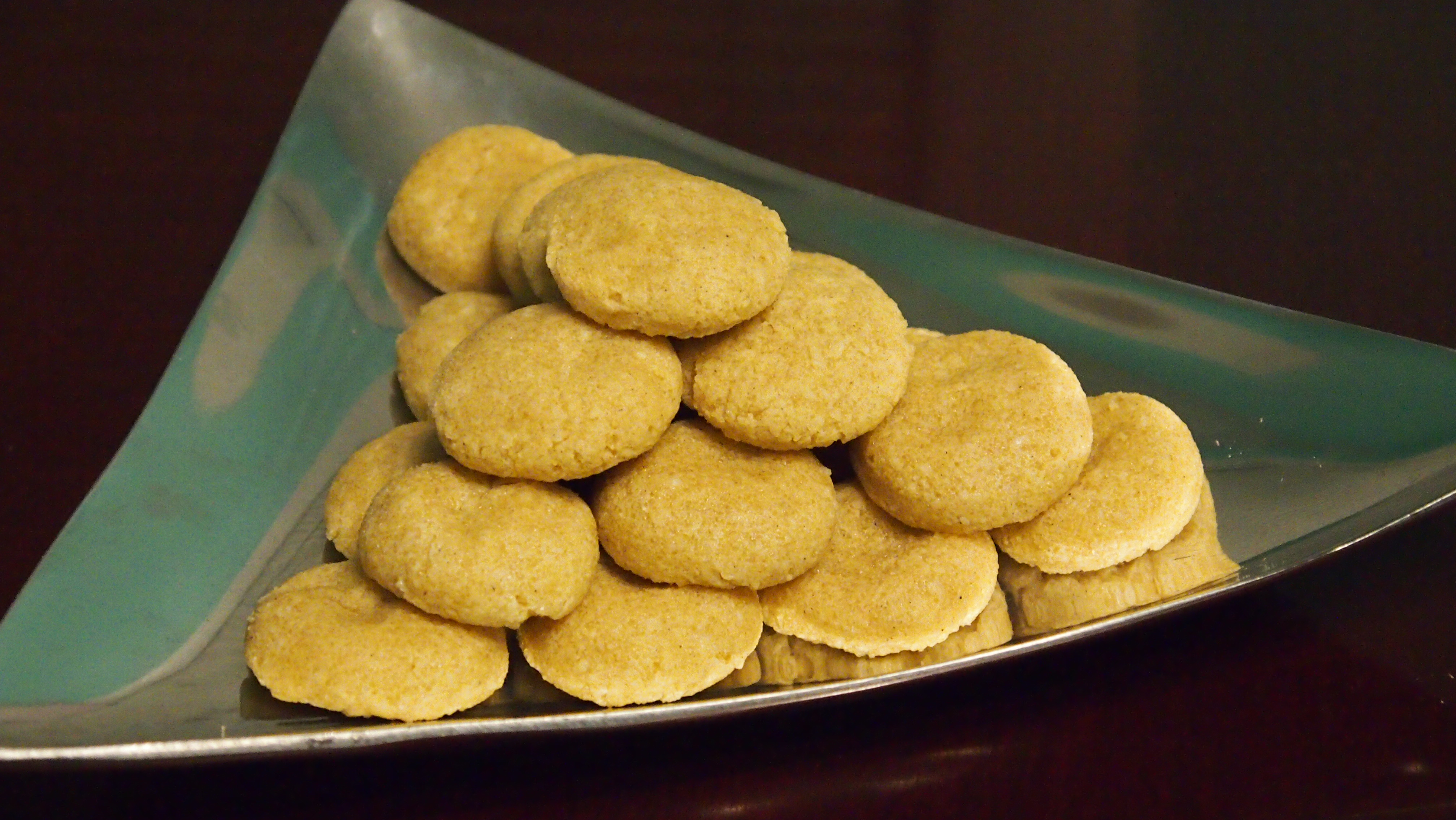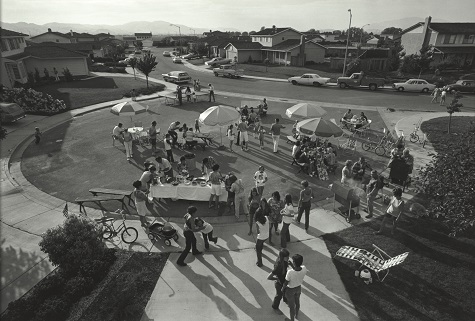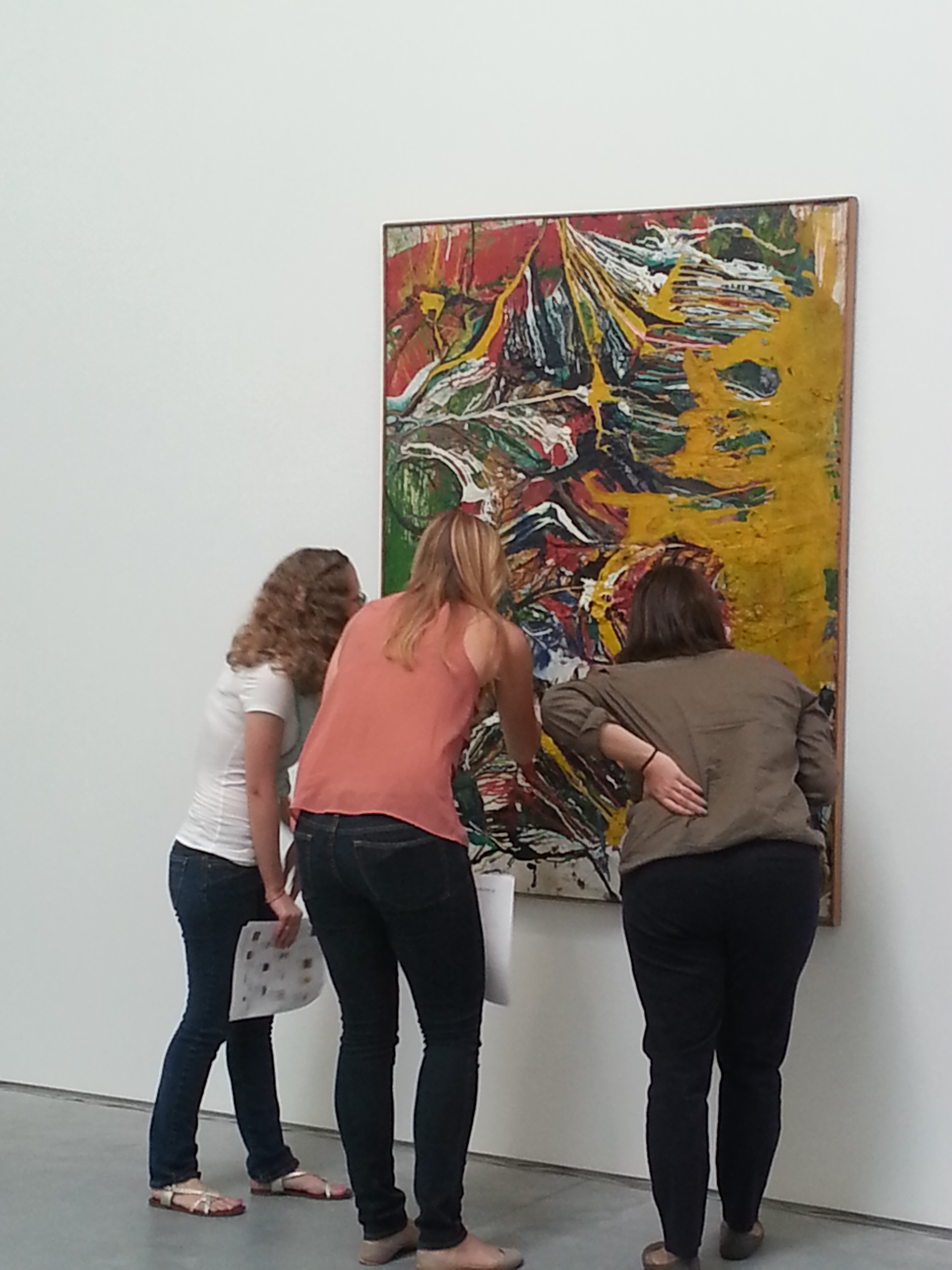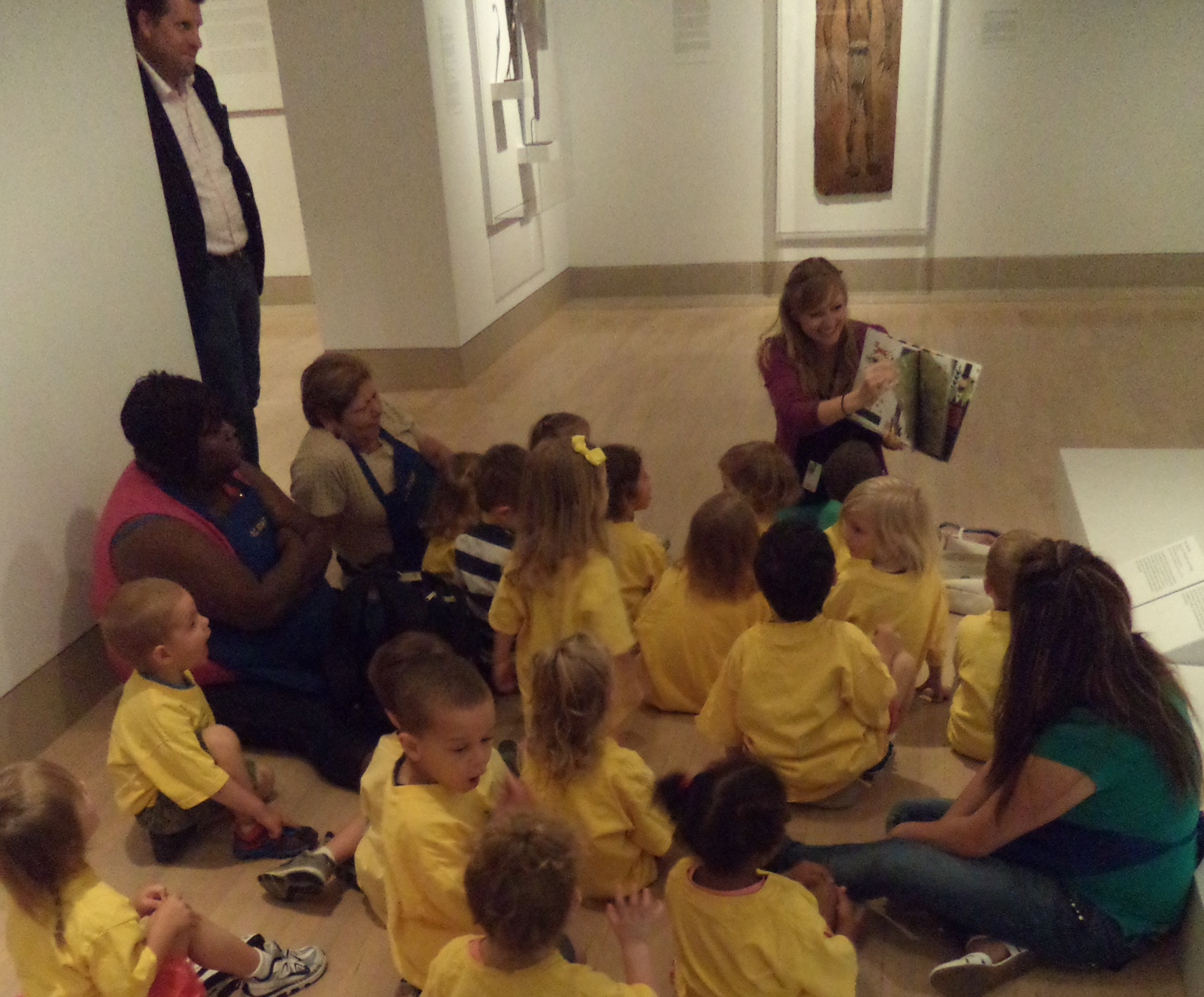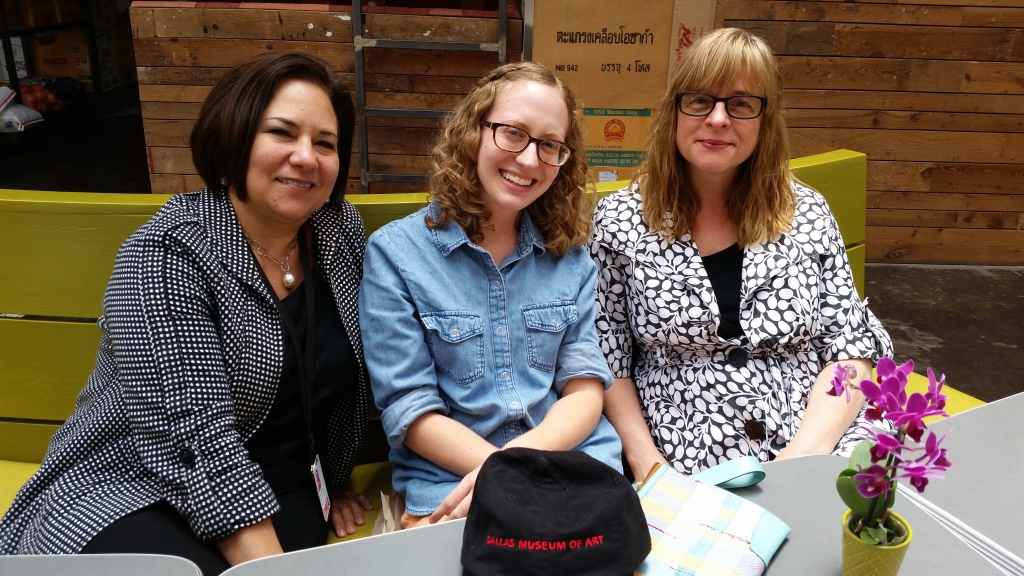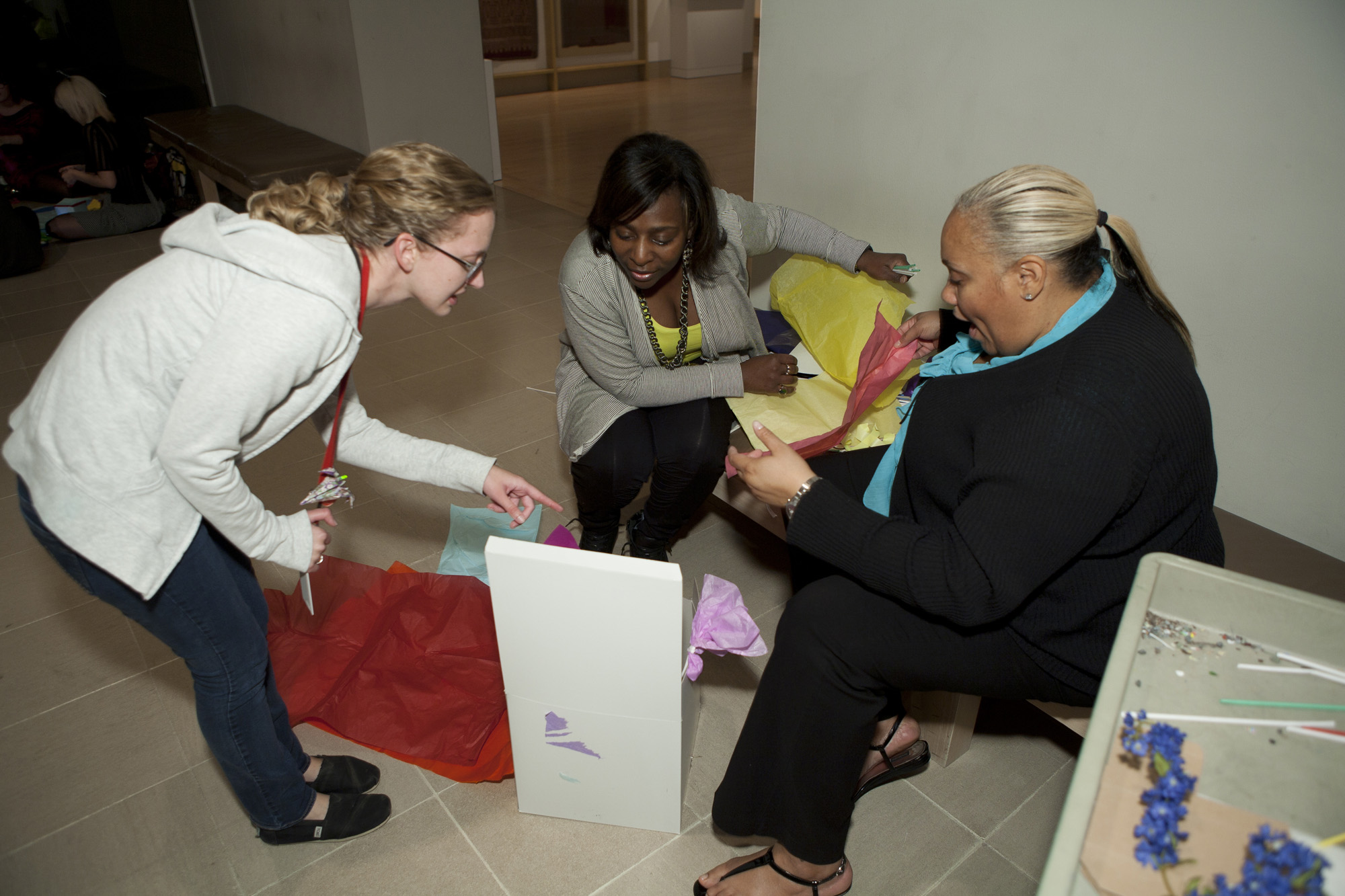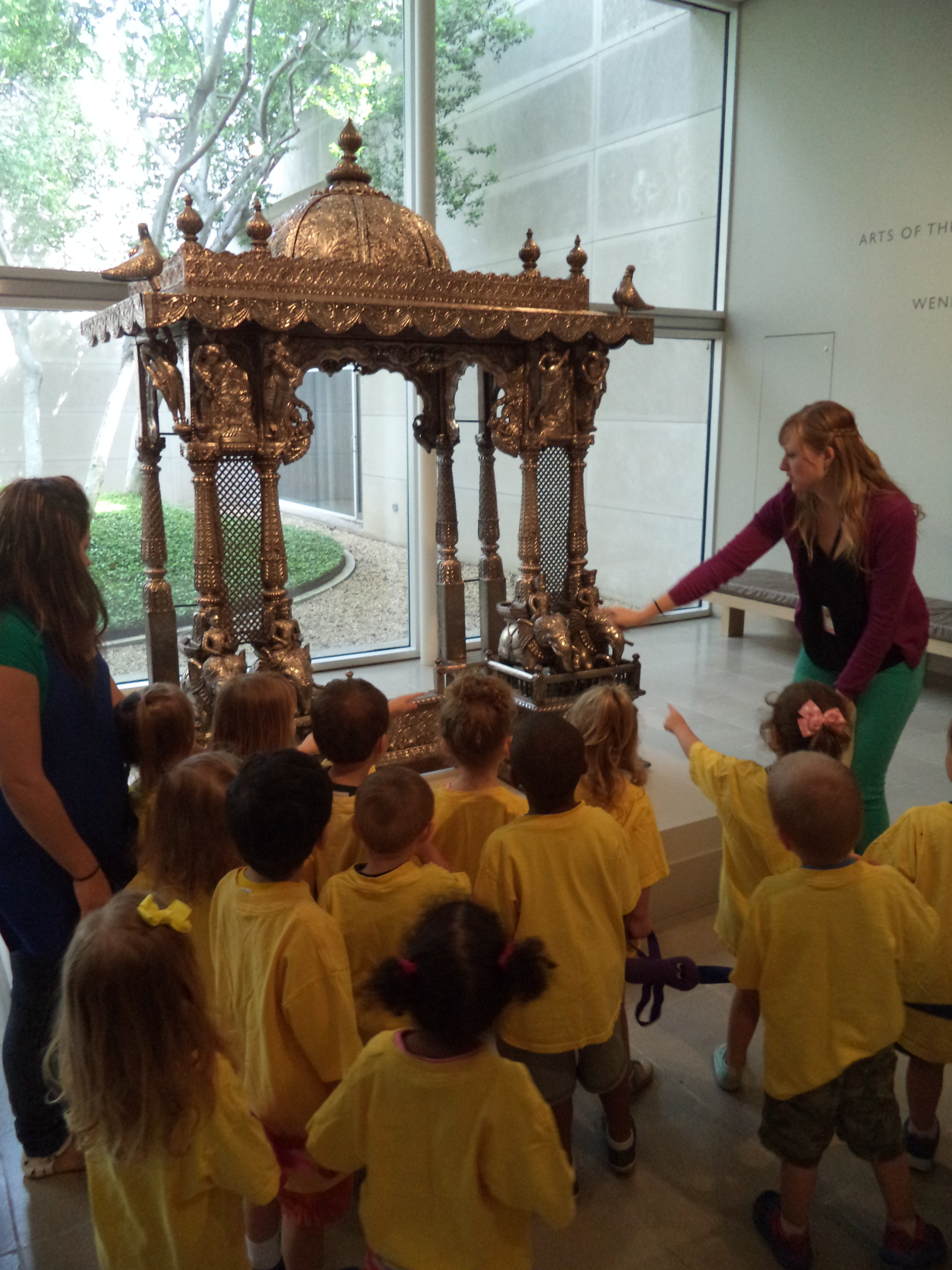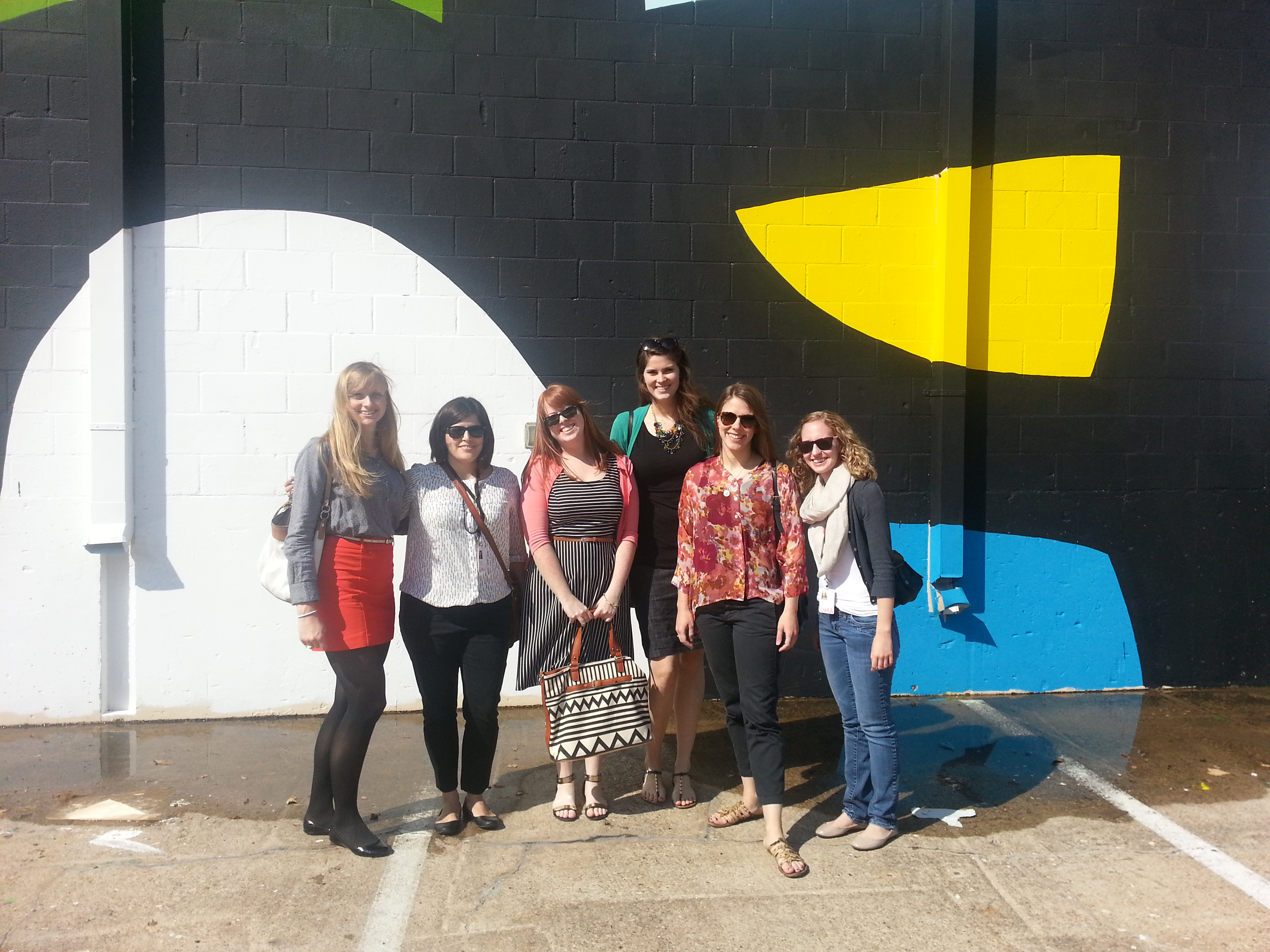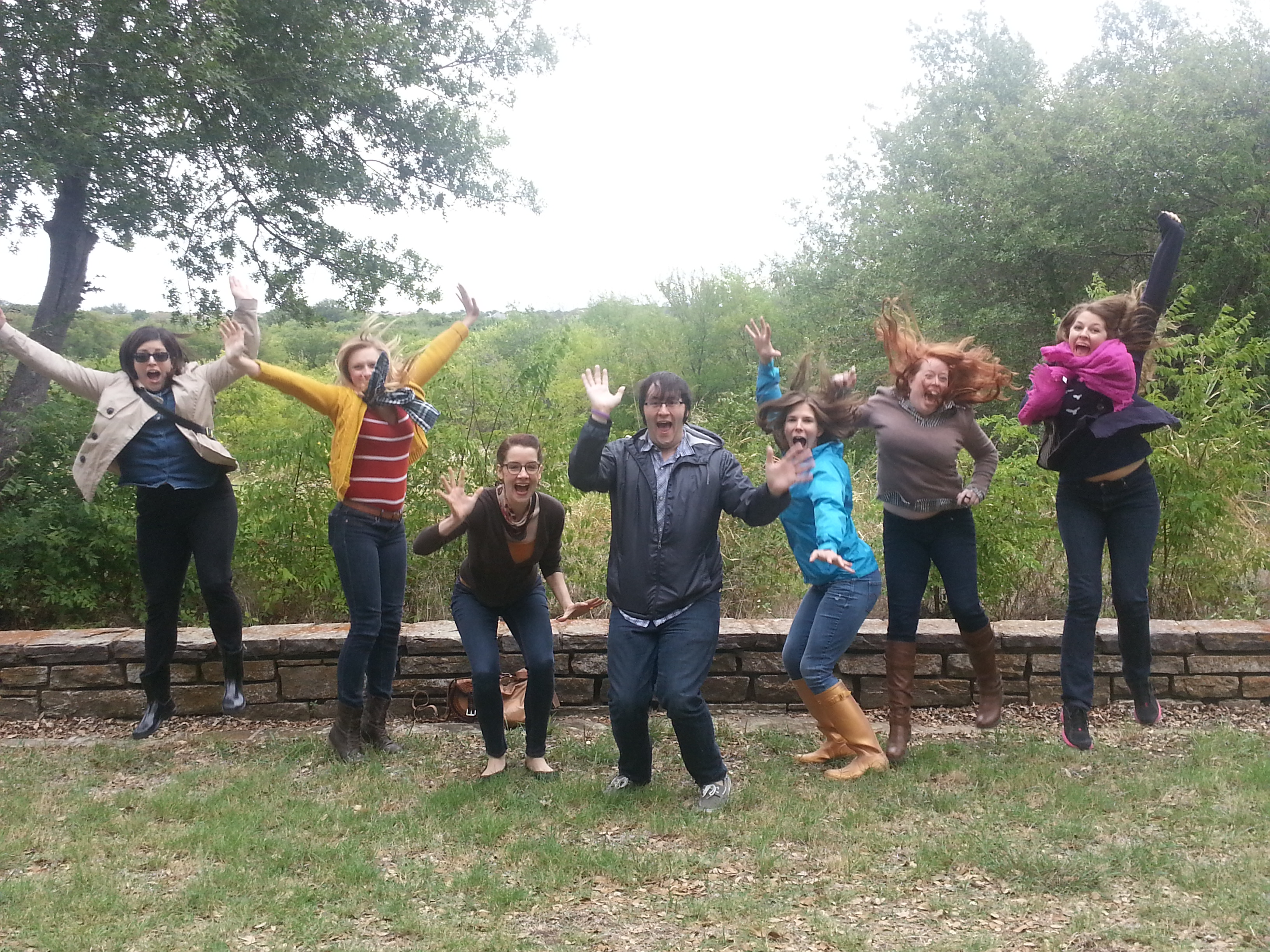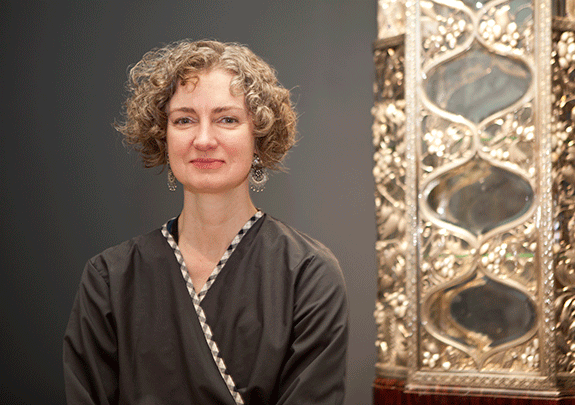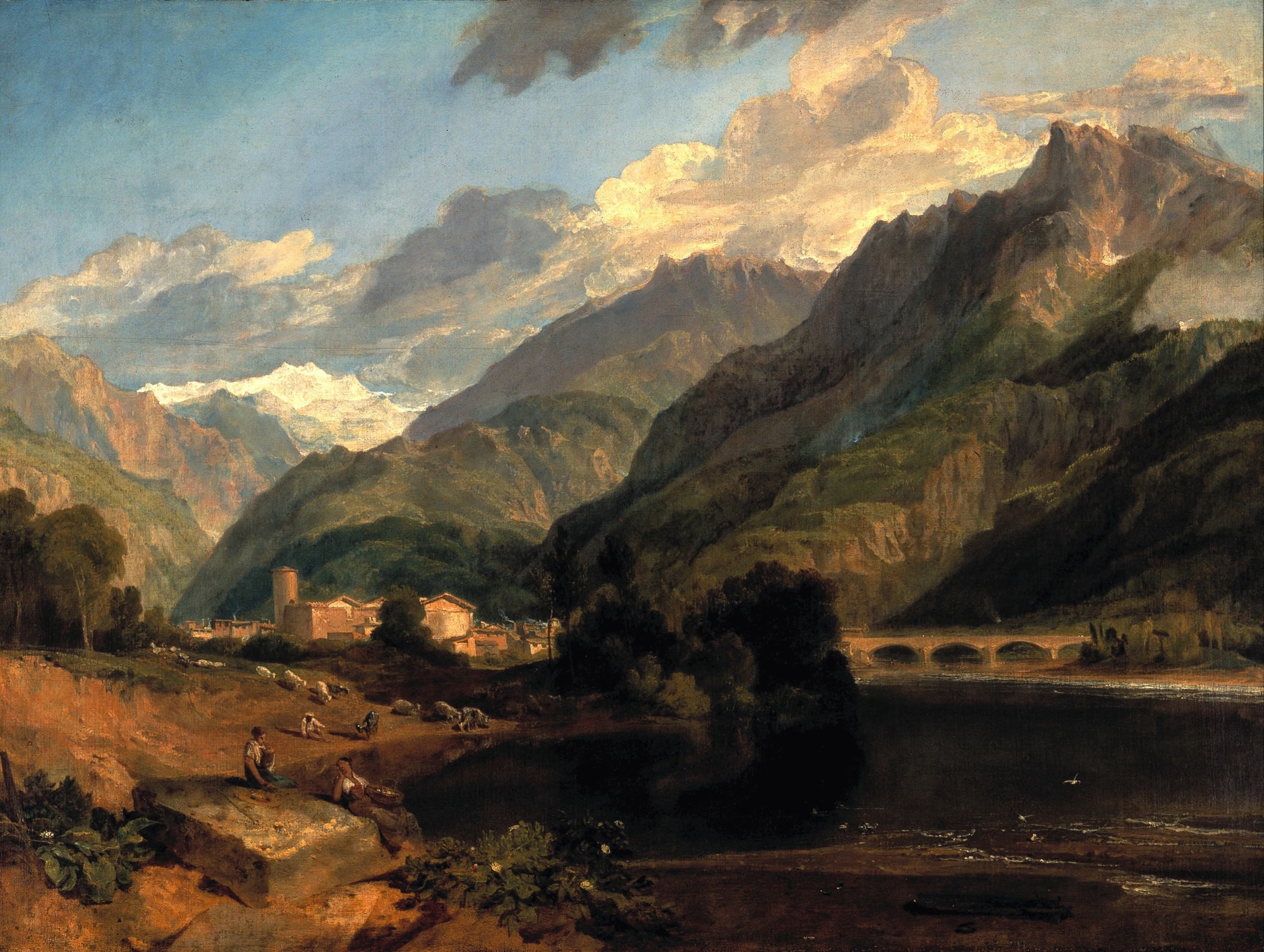As our tours wind down and we make our final school trip in the Go van Gogh van, it’s time to look back at all we’ve done this school year (and be pretty proud of ourselves). If we could have looked into the future last September, we would have seen a year of change waiting for us. 2013-2014 has been action-packed, full of happy surprises and new initiatives and programs. Instead of looking at this school year by the numbers, we’re going to hit the highlight reel and showcase just a few of many great moments.
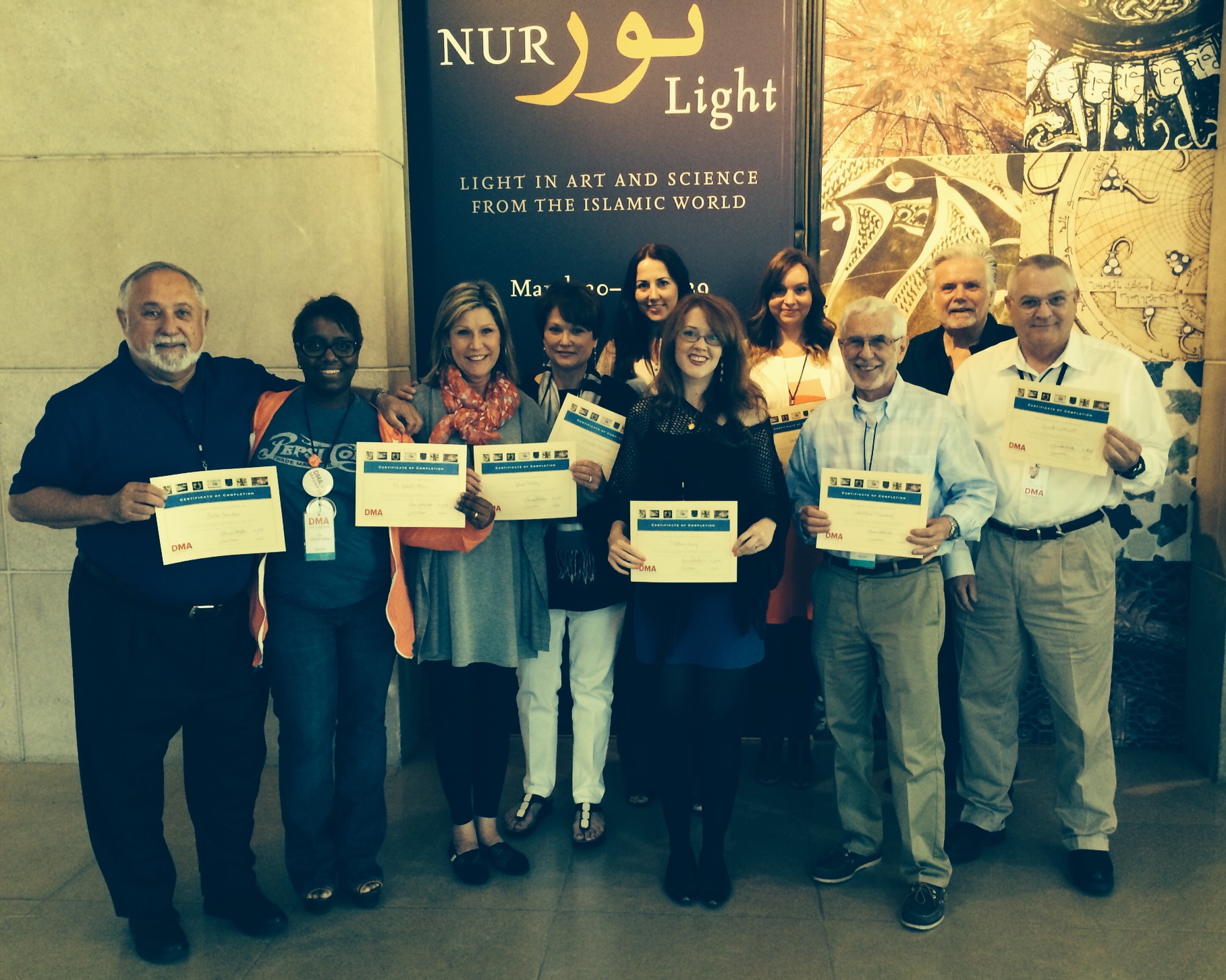
From left to right: Felix Landau, Flo Lockett-Miles, Debi Waltz, Annette Culwell, Charlie Kuzmic, Stephanie Avery, Sandi Edgar, Art Weinberg, Evan Simmons, and David Caldwell.
New Docent Class of 2013-2014
We are excited to introduce our New Docent Class of 2013-2014! In order to “graduate” from the program, our new docents attend over thirty weeks of training, give ten (or more) tours, and read almost all of Marilyn Stokstad’s Art History. These new docents have put in countless hours prepping for tours and learning different touring strategies and activity ideas. We are excited to welcome such an enthusiastic, creative, and dedicated group to our DMA Docent Program. Look for them on your DMA tours this fall!
-

-
Students speak with artist Stephen Lapthisophon about his special exhibitions.
-

-
Registrar Anne Lenhart provides a behind-the-scenes tour of the Museum’s art storage and object conservator
-
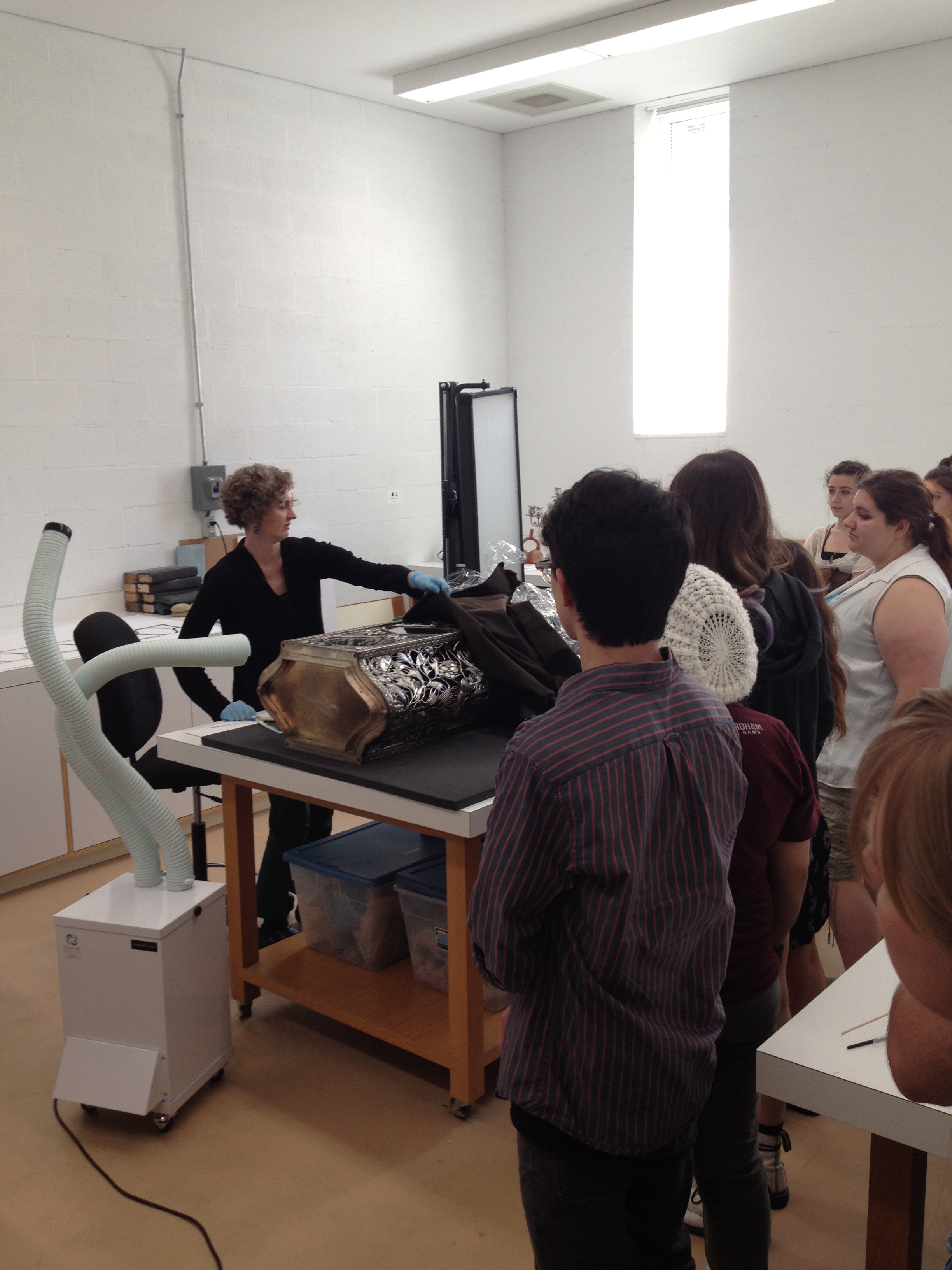
-
Fran Baas details the steps needed to preserve and maintain works of art
Booker T. Washington Learning Lab Partnership
This was another fantastic year for the Learning Lab partnership with the Booker T. Washington High School for the Performing and Visual Arts. Students met artists Jim Hodges and Stephen Lapthisophon, learning first-hand about their respective special exhibitions and their process as artists. Students then put their own creative talent on display, re-imagining a DMA artwork using Instagram as their artistic medium. They went on behind-the-scenes tours of the Museum’s art storage areas and object conservation space, and got some career advice from a variety of Museum staff during a DMA career panel. Most exciting of all, we will soon see the first class from the Learning Lab partnership graduate—congratulations class of 2014!
-
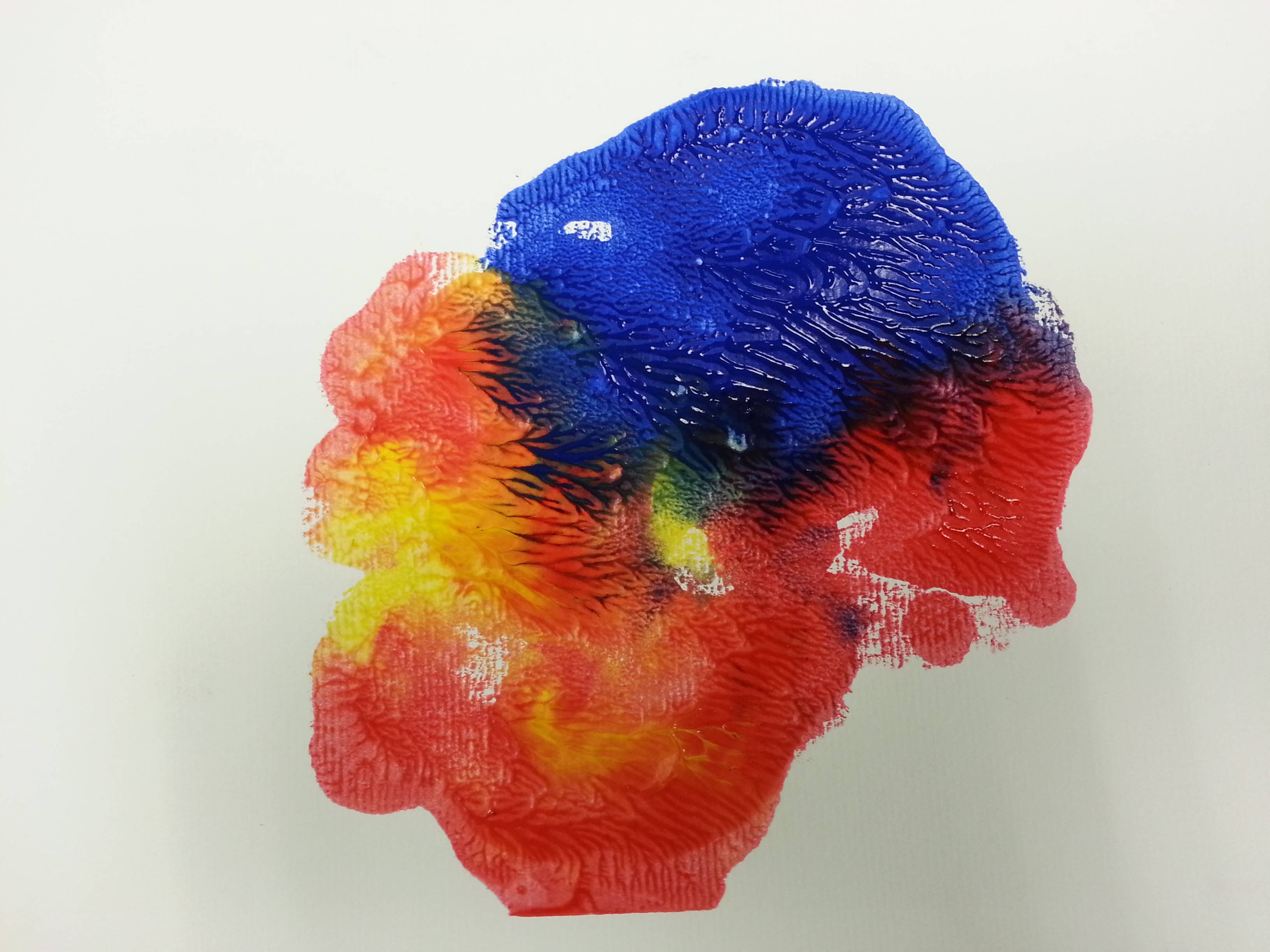
-
Color wheel painting
-

-
Creating color wheel paintings
-
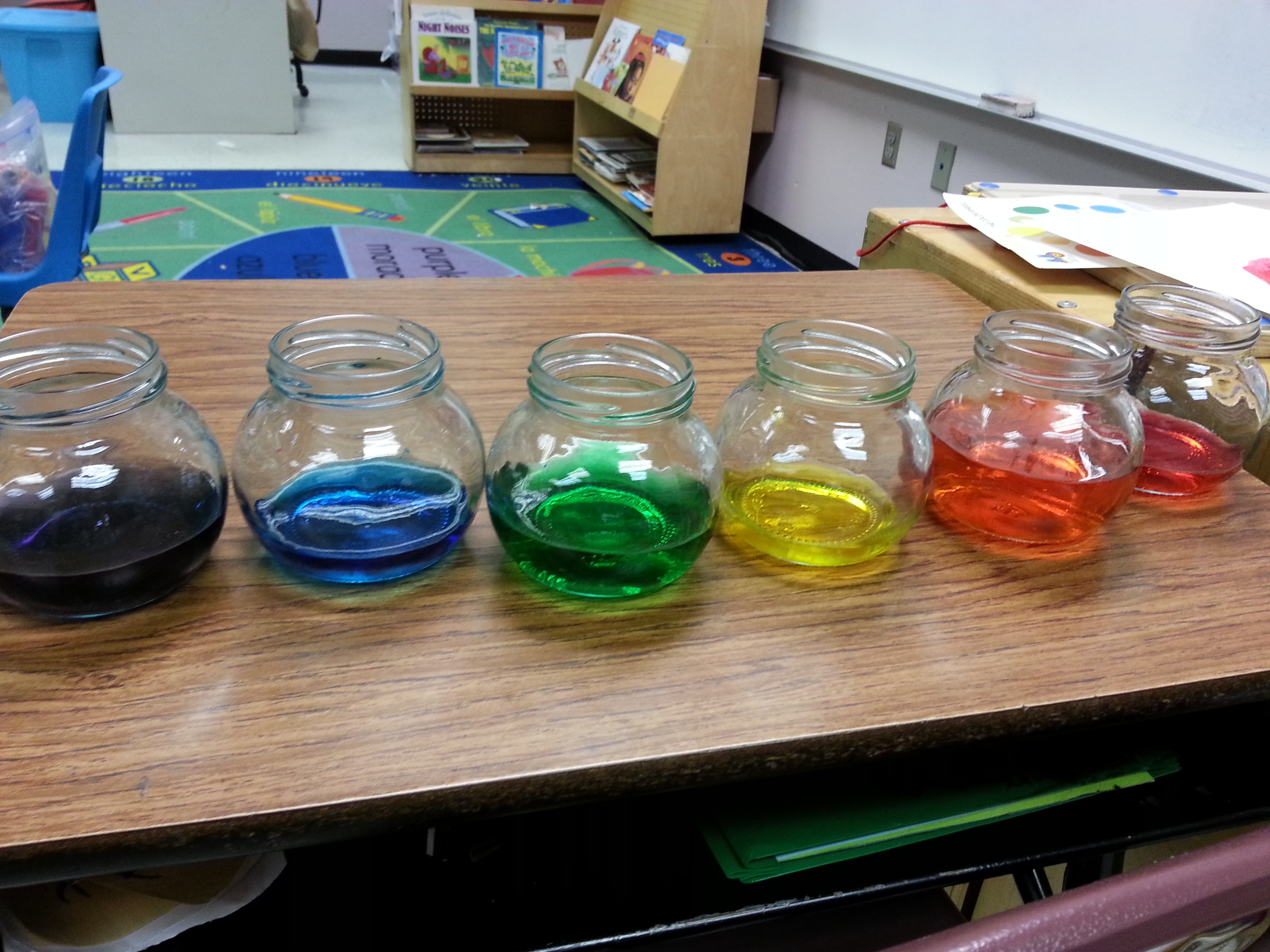
-
Results of our color-mixing experiment
Go van Gogh Color My World Program for Special Education Classrooms
We were excited to unveil a new Go van Gogh experience this year. Designed to fill a growing need for Special Education outreach, the Color My World program incorporates multi-sensory activities in a color-filled classroom adventure inspired by paintings in the Museum’s collection. With the support of our enthusiastic Go van Gogh volunteers, we’ve been able to lead many Color My World programs this spring. And with the help of two very smart colleagues (thank you, Danielle and Hayley!), we’ve spent those sessions learning how the program works best, experimenting and modifying our way to what is now an inclusive experience for children with a range of abilities.
-

-
Creating constellations during the May Late Night
-
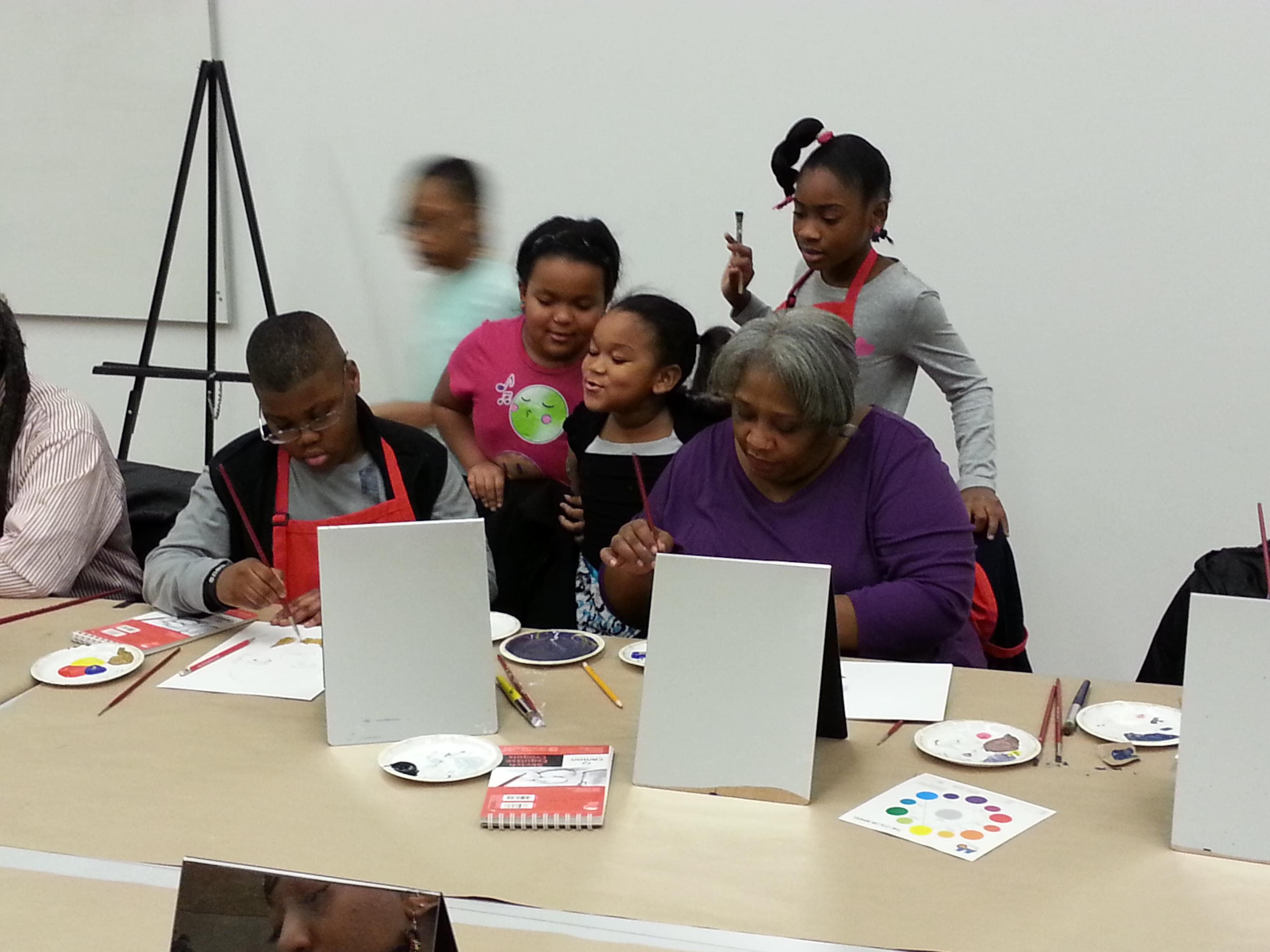
-
Painting self-portraits inspired by Edward Hopper
-
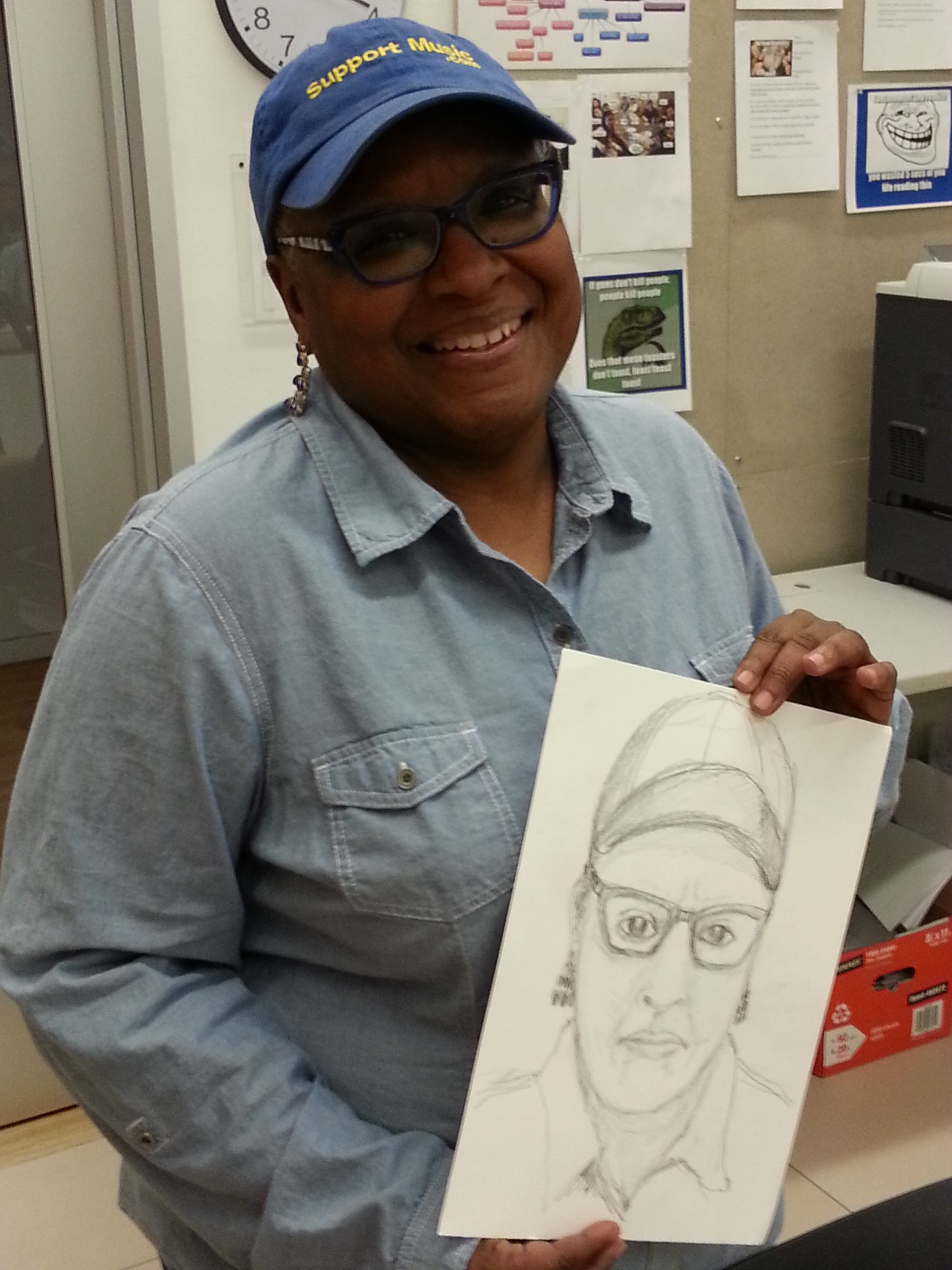
-
Vicki Meek, Manager of South Dallas Cultural Center, (and talented artist!)
South Dallas Cultural Center Second Sundays
Sometimes the best learning experiences happen when the school day ends and we’re with our friends and family. This year also brought the beginning of what we hope is a long-term partnership with families from the South Dallas Cultural Center. One Sunday a month, we have South Dallas “Second Sundays,” where a group of families spends two hours together at the Museum exploring and making art. Families have sketched and painted like Edward Hopper, designed chairs like Frank Gehry, and have spent many a Sunday using the Museum as both a resource and a source of artistic inspiration. While we haven’t wrapped up this program just yet (families, if you’re reading this, our June Sunday is not-to-miss!), this out-of-school, school year partnership is one that has defined 2013-14 for me, in a wonderful way.
To all the docents, Go van Gogh volunteers, hard-working Education colleagues (past and present), and our amazing McDermott Intern who have all helped make this school year so successful and fun-filled–thank you! We hope you have a great summer, and we can’t wait to see you right back here in the fall!
Amy Copeland
Manager of Go van Gogh and Community Teaching Programs

